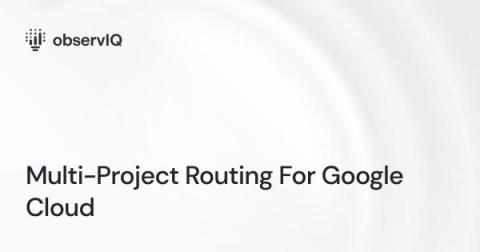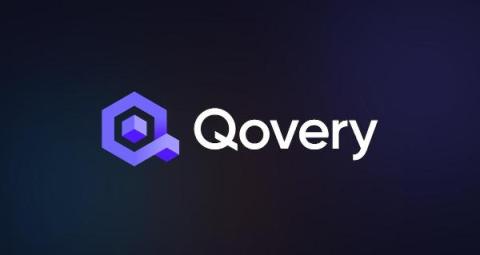What Is Credential Management? Definition & Best Practices
Credential management is a security practice that secures and protects all types of credentials (such as passwords, certificates, and keys) within an organization. It identifies and authenticates users who can access specific information, ensuring that sensitive and mission-critical data are always protected.











